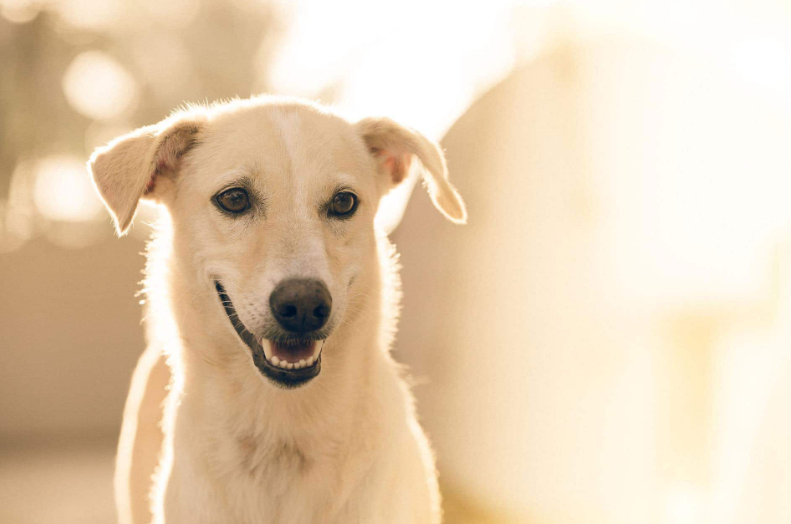Have you ever noticed your dog’s uncanny ability to pick up on certain cues without intentional training? Perhaps the mention of “dinner” sends them sprinting to the kitchen or the word “vet” prompts a hasty retreat. These instances showcase the power of incidental learning in our furry companions.

Decoding Incidental Learning
Before we delve deeper, let’s clarify some terminology:
- Incidental Learning: Also known as latent or implicit learning, it refers to the unintentional acquisition of knowledge through everyday experiences.
In essence, your dog is constantly absorbing information from their environment without consciously intending to learn. This type of learning is akin to picking up facts while watching a movie or grasping concepts while playing a game.
How Dogs Learn Incidentally
Consider these examples of incidental learning observed in dogs:
- Repetition: A dog associates bath time in the morning with going to work as a therapy dog.
- Problem Solving: A dog figures out how to escape their crate by manipulating the latch mechanism.
- Social Interaction: A dog learns that nudging with their nose earns immediate attention and affection.
Is Incidental Learning Beneficial?
Incidental learning is neither inherently good nor bad—it simply is. While it can lead to behaviors that may be inconvenient or disruptive, such as persistent attention-seeking, it also enables dogs to adapt and respond to their environment.
Harnessing incidental learning can be advantageous for reinforcing desired behaviors. Conversely, avoiding triggering cues can help deter unwanted responses.
Ultimately, understanding incidental learning allows us to navigate our interactions with dogs more effectively. By recognizing the unintentional cues our dogs pick up on, we can shape their behavior intentionally and foster harmonious relationships.
